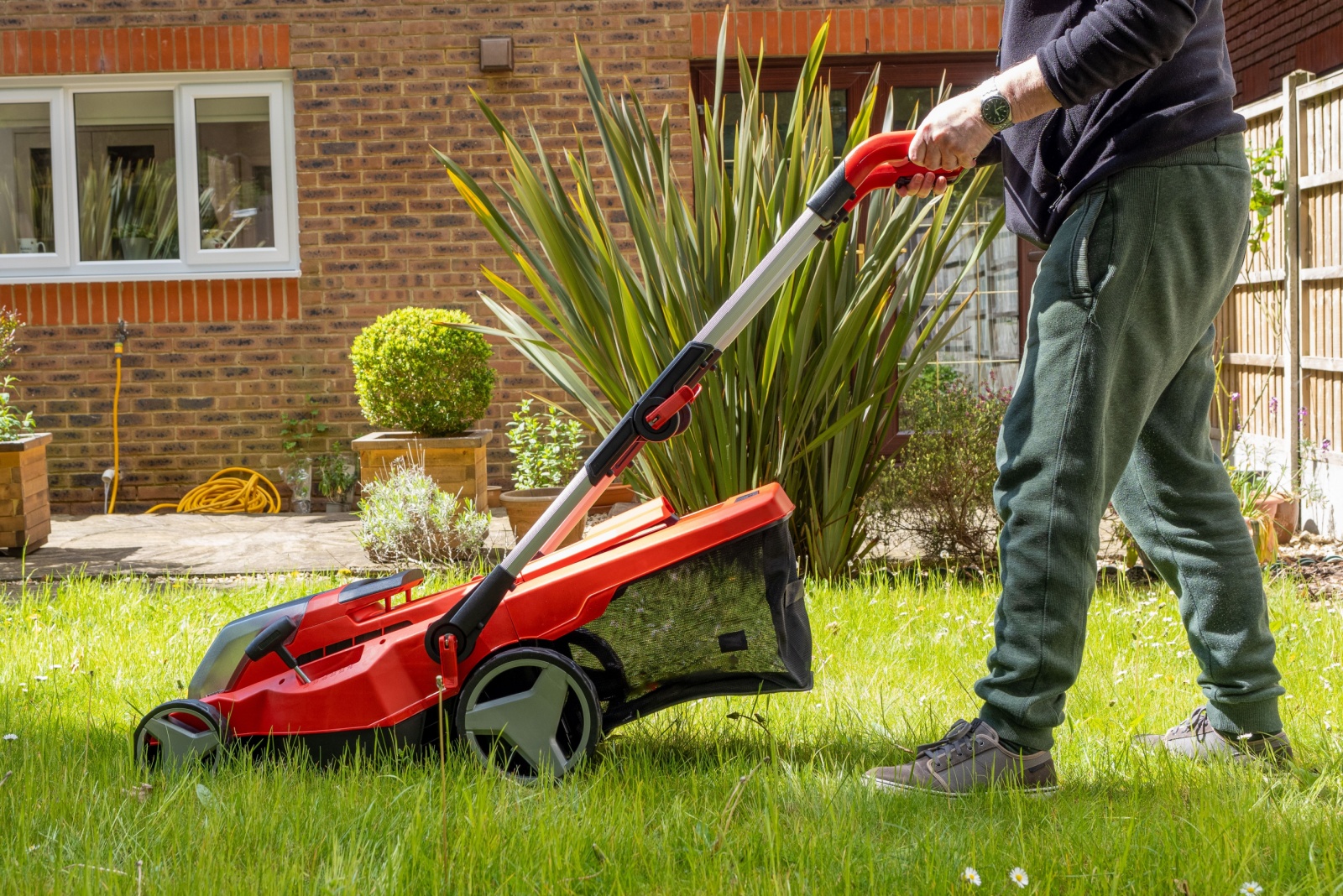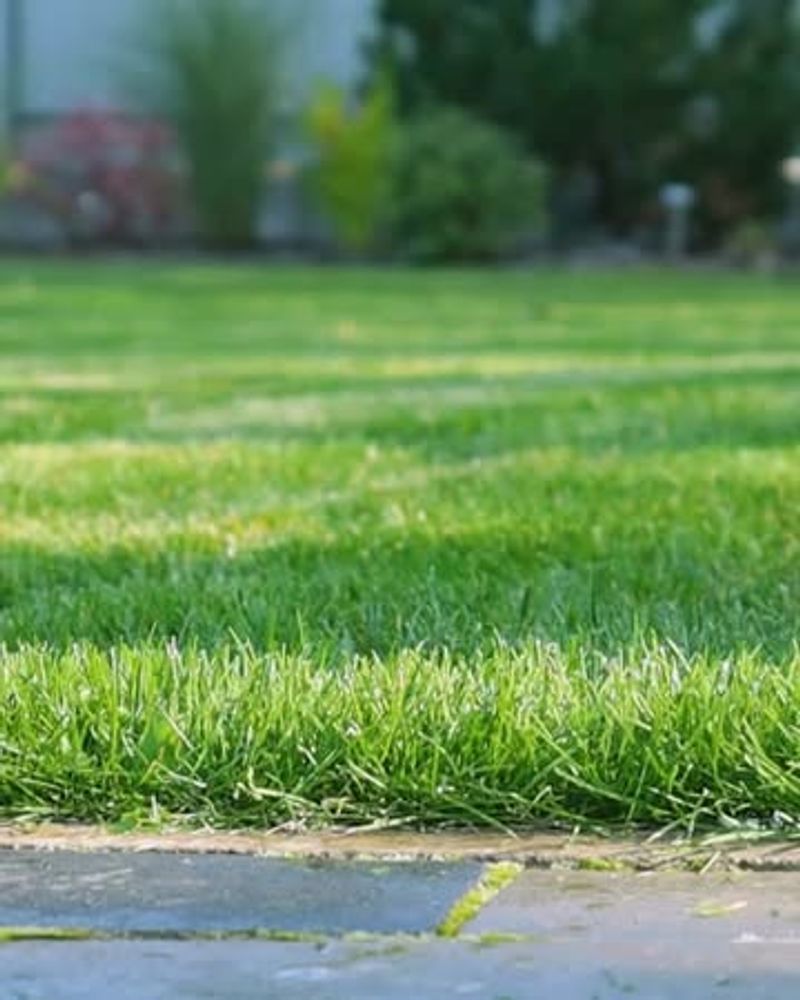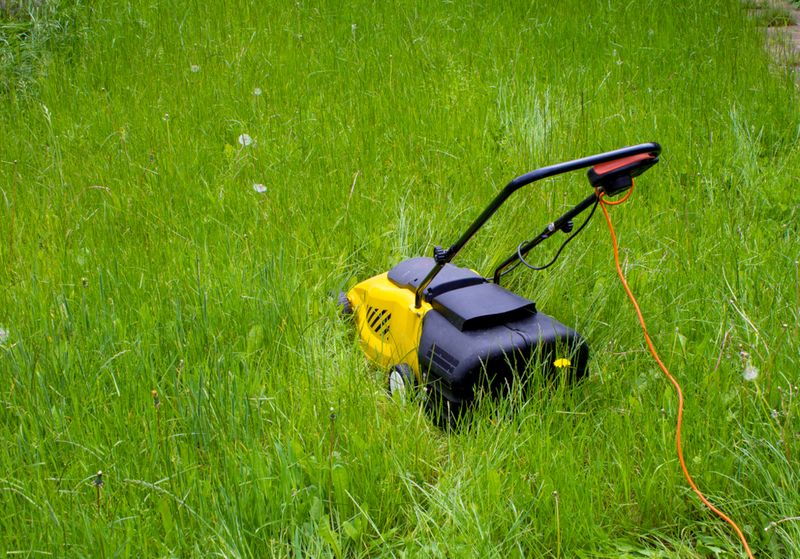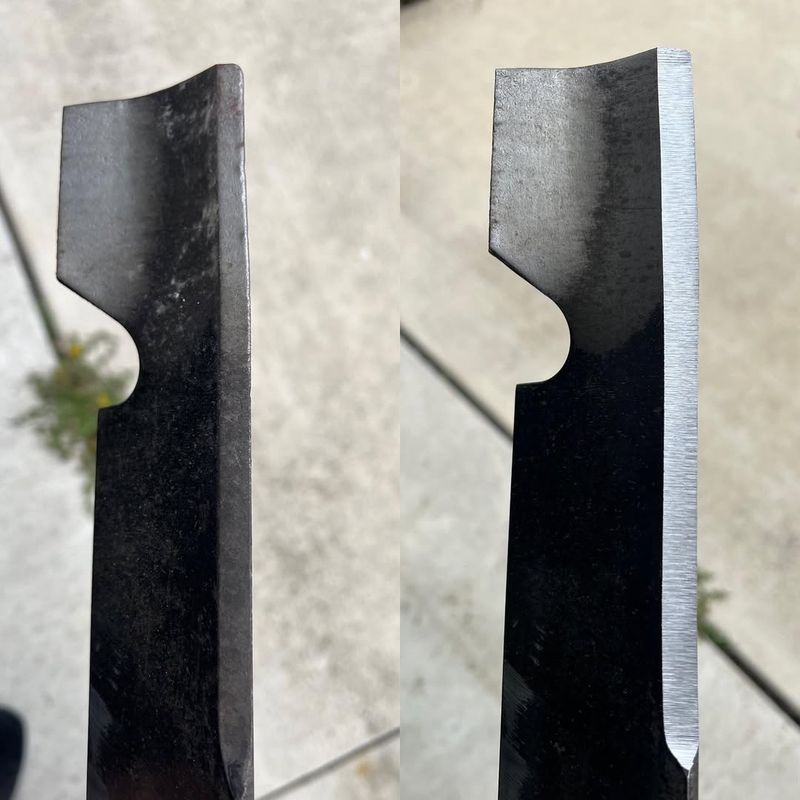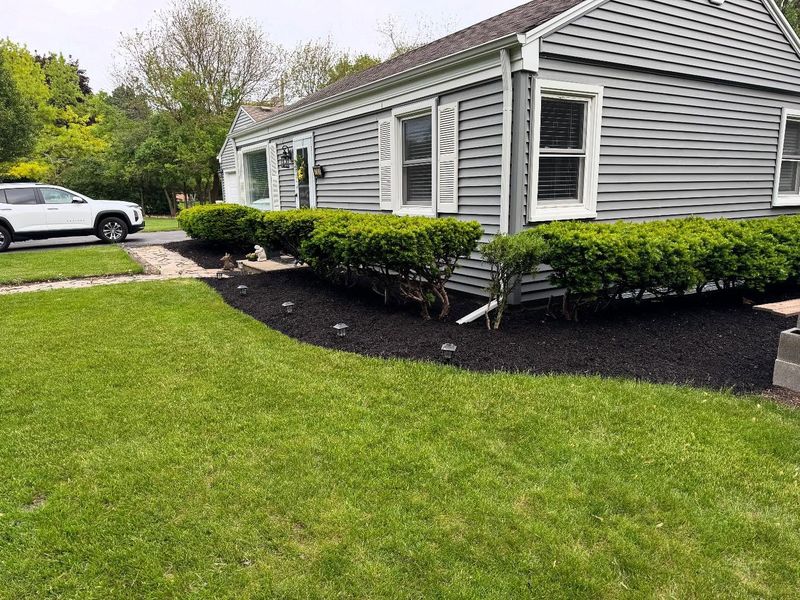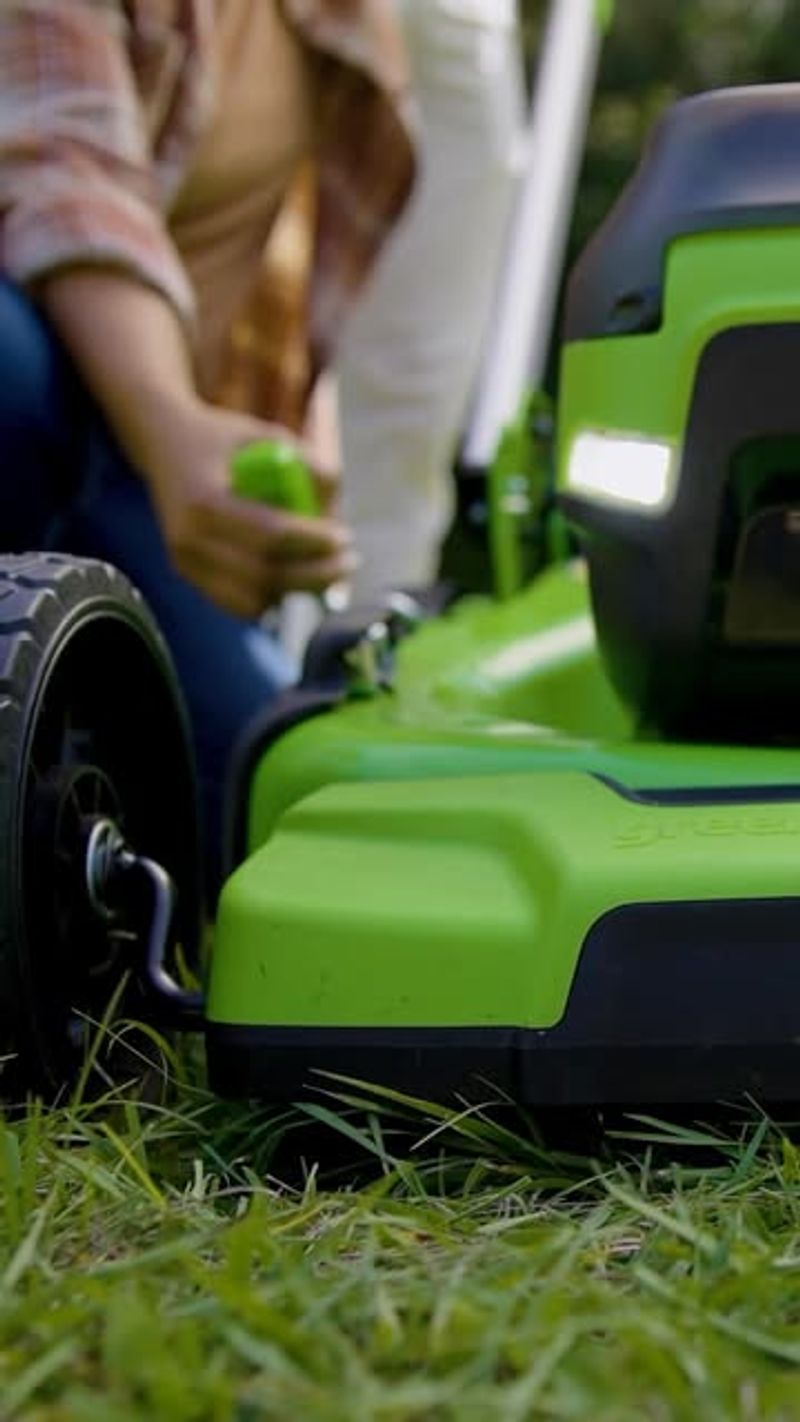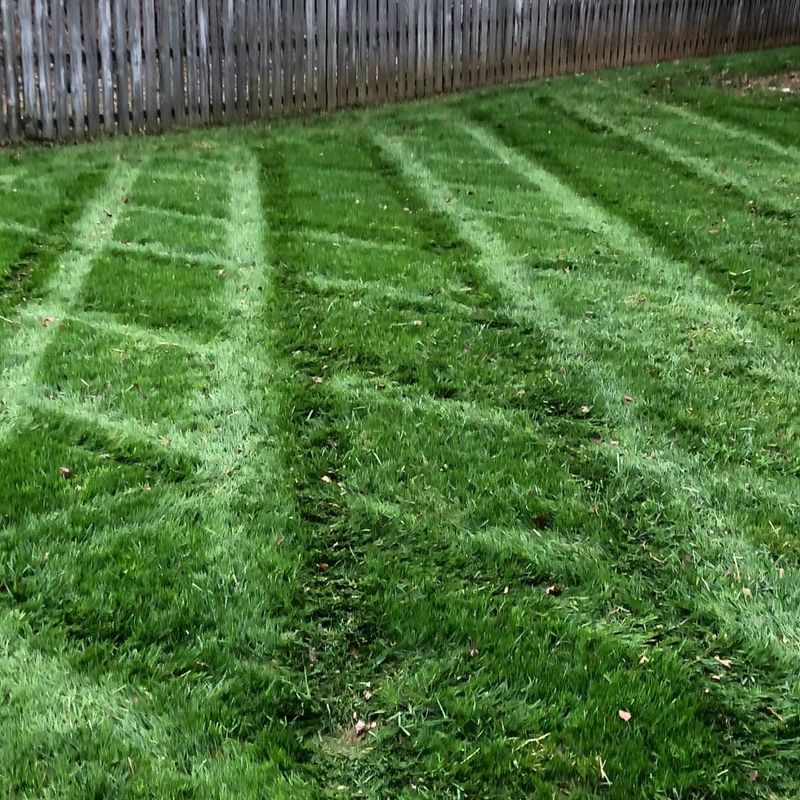Planting a fresh new lawn is exciting, but knowing when and how to mow it for the first time can make or break your grass.
Kansas weather brings unique challenges with hot summers and unpredictable springs, so timing matters more than you might think. Getting that first cut right sets your lawn up for healthy growth all season long.
1. Wait Until Grass Reaches The Right Height
Patience pays off when your new lawn starts sprouting. Most grass types need to grow between three to four inches tall before that first trim.
Cutting too early can damage tender roots that are still establishing themselves in Kansas soil. Use a ruler if you need to check the height accurately.
Young grass blades need enough length to photosynthesize properly and build strong root systems beneath the surface.
2. Choose A Dry Day For Mowing
Wet grass clumps together and creates a messy, uneven cut that stresses your new lawn. Morning dew or recent rainfall makes blades stick to mower decks and leaves behind clumps that can smother growing grass.
Kansas spring weather can be unpredictable, so pick a day when the forecast shows clear skies. Dry conditions also prevent soil compaction from heavy mower wheels.
Your lawn will thank you with cleaner cuts and healthier growth patterns.
3. Sharpen Your Mower Blades First
Dull blades tear grass instead of cutting cleanly, leaving ragged edges that turn brown and invite disease. New grass is especially vulnerable to this kind of damage because the blades are still tender.
Before you start mowing, check your mower blades and sharpen them if needed. A clean cut heals faster and keeps your Kansas lawn looking vibrant.
Professional sharpening costs little but makes a huge difference in lawn health and appearance.
4. Follow The One-Third Rule
Never remove more than one-third of the grass blade length in a single mowing session. Cutting too much at once shocks the grass and weakens its ability to recover.
For new lawns in Kansas, this rule becomes even more critical since roots are still developing. If your grass grew taller than expected, mow it gradually over several sessions instead of scalping it down.
Gradual trimming encourages thicker, healthier turf that can handle Kansas heat better.
5. Adjust Your Mower To A Higher Setting
Kansas summers get brutally hot, and taller grass develops deeper roots that access moisture better during dry spells. Set your mower deck higher than usual for new lawns, around three inches or more.
Short grass struggles in heat and becomes vulnerable to weeds and drought stress. Higher cuts also shade the soil, keeping it cooler and reducing water evaporation.
Your lawn stays greener longer when you resist the urge to cut it short.
6. Leave Grass Clippings On The Lawn
Those small clippings from your first mow contain valuable nutrients that feed your developing lawn naturally. Bagging them wastes free fertilizer and creates extra work for you.
As clippings decompose, they return nitrogen and other essential nutrients back into Kansas soil. Just make sure clippings are short and spread evenly so they do not smother new growth underneath.
This simple practice strengthens your lawn while saving money on fertilizer purchases throughout the season.

